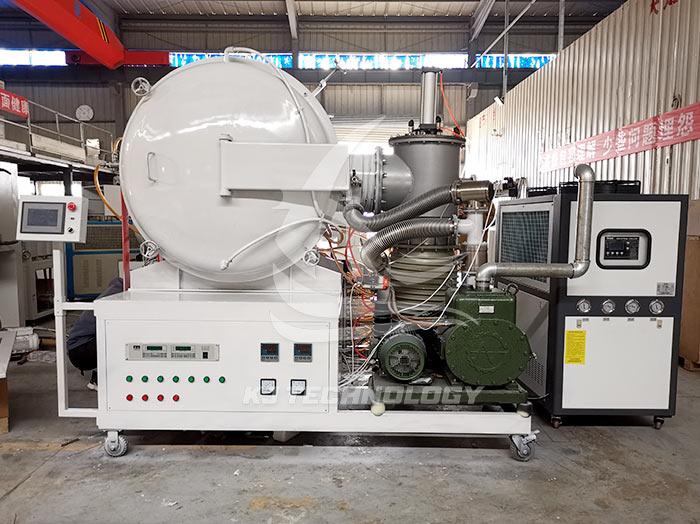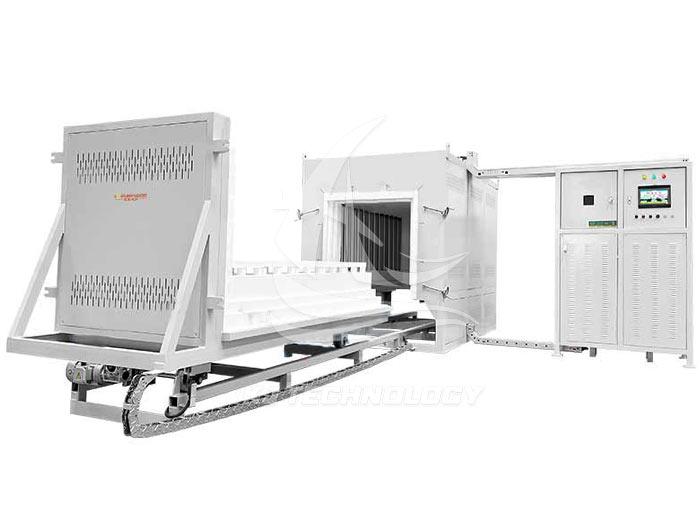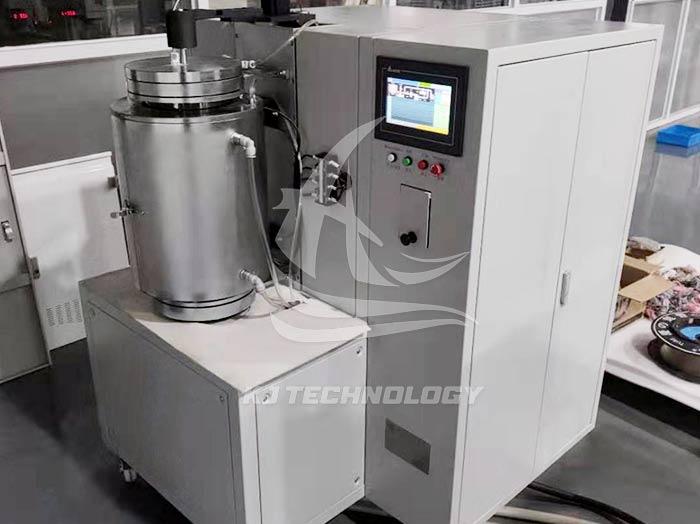What is the maximum temperature of a high vacuum furnace?
 07-25-2025 Author: KJ technology
07-25-2025 Author: KJ technology
The maximum temperature of a high vacuum furnace varies depending on the model and purpose, ranging approximately from 1100 ℃ to 2400 ℃. The following are the maximum temperatures and typical application scenarios for different types of high vacuum furnaces:
High vacuum annealing furnace: The maximum temperature is usually 1100 ℃ to 1300 ℃, suitable for vacuum annealing of special alloy materials such as magnetic materials and superconducting materials. For example, the working temperature range of a vertical high vacuum annealing furnace is from room temperature to 1100 ℃, and the single point temperature stability can maintain a fluctuation range of ± 1 ℃ for 24 hours under 1100 ℃ conditions.
High vacuum and high-pressure gas quenching furnace: The maximum working temperature can reach 1300 ℃, meeting the solid solution treatment needs of materials such as nickel based alloys and titanium alloys. This equipment adopts a process technology combining high vacuum environment and high-pressure gas quenching, with an effective processing length of 3000mm, and can accommodate large workpieces or batch processing of multiple workpieces.
High vacuum directional solidification melting furnace: The maximum temperature can reach 1800 ℃, the long-term operating temperature is 1600 ℃, and the ultimate vacuum degree is 6.67 × 10 ⁻⁵ Pa. This equipment is mainly used for heat treatment processing technology experiments in the field of materials science, such as melting and heat treatment of high-temperature alloys.
High vacuum tungsten wire sintering furnace: The maximum temperature can reach 2200 ℃, and the cold state ultimate vacuum degree can reach 5 × 10 ⁻⁶ Pa. This equipment uses high-purity tungsten wire as the heating element, providing more effective support for the research and production of transparent ceramics, functional ceramics, and semiconductor materials.
Horizontal ultra-high vacuum high-temperature melting furnace: capable of achieving a heating temperature of up to 1650 ℃ and maintaining an ultra-high vacuum environment of 5 × 10 ⁻⁷ mbar level. This equipment is mainly used for material preparation and melting experiments, providing basic conditions for high-temperature phase transition research and high-purity metal melting in materials science.
Specially designed high vacuum furnaces: Some high-end vacuum furnaces can be heated to 2100 ℃ or even 2400 ℃. These furnaces are usually used for special processes that require extremely high temperatures, such as sintering of certain advanced ceramic materials or melting of special metals.








